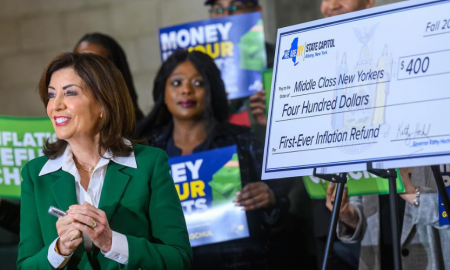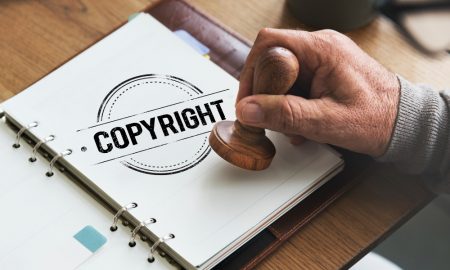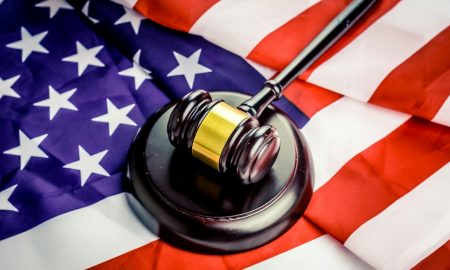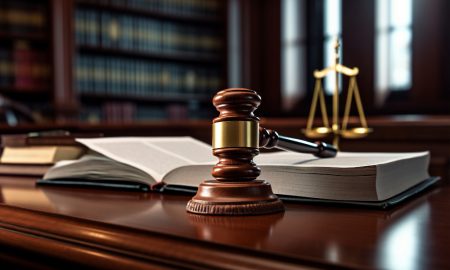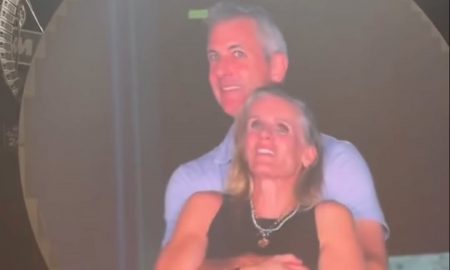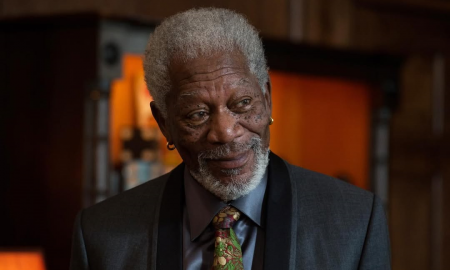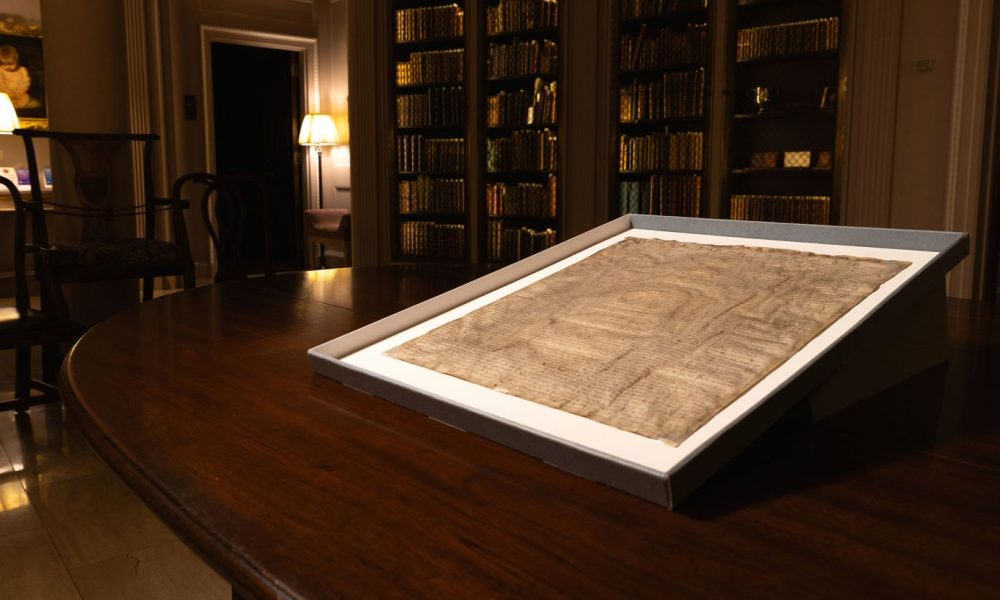
Harvard’s $27 Magna Carta ‘Copy’ Turns Out to Be Authentic and Worth Millions!

The Magna Carta, a 13th-century legal document famous for curbing royal power, just shook the academic world again. A copy sitting unnoticed in Harvard Law School’s archives for decades has been confirmed as an authentic original from the year 1300.
Harvard bought it for just $27.50!
That’s right! What was thought to be a faded replica is now believed to be one of only seven surviving originals issued under King Edward I. The document might be worth millions today, and it was hiding in plain sight.
A Lucky Click in a Digital Archive
It all started with a quiet research session. David Carpenter, a medieval history professor in London, was browsing Harvard Law School’s online collection.

GTN / A medieval history professor in London was hunting for unofficial copies of the Magna Carta when he clicked on what he expected to be a regular manuscript.
Instead, he saw something different. The handwriting, the style, the layout, it all screamed 1300s. He spotted the large “E” at the top, short for Edwardus, the Latin name for King Edward I. Right away, he knew this wasn’t just another copy.
He got in touch with another medieval history expert, Nicholas Vincent. Together, they double-checked everything. They were sure this document was the real thing.
The Value of the Hidden Gem
Once the news broke, Harvard confirmed it had bought the document at auction back in 1946. It came from London book dealers Sweet & Maxwell, who didn’t seem to realize what they had. Before them, it belonged to a World War I pilot and, earlier still, to anti-slavery campaigners.
The auction catalogue description downplayed it, calling it a “somewhat rubbed and damp-stained” copy from 1327. That mistake may have saved Harvard millions, but the document’s true value could now stretch into the millions of dollars.
Magna Carta Marks the Start of Modern Democracy
Magna Carta means “Great Charter.” It is often called the start of modern democracy, and it forced even kings to follow the law. Back in 1215, England’s King John had to agree he couldn’t punish people without going through legal channels.
No more tossing people in prison on a whim. No more grabbing land just because he felt like it.

USA Today / Harvard helped by supplying ultraviolet images. These allowed experts to compare the text with other confirmed originals. Line for line, the words matched.
It was updated and reissued several times, including by Edward I in 1300. That is the version Harvard now owns. It is a key to understanding the foundations of law and liberty.
How Experts Proved Its Authenticity
The handwriting wasn’t just old. It matched the style from 1300 exactly. The way the letters curved, the spacing, even the ink gave clues. The parchment size also fit the standard for known originals.
That sealed the deal for Carpenter and Vincent. This was no copy. This was history.
A Powerful Piece of History
The Magna Carta is seen as one of the first checks on government power. In a time when kings ruled absolutely, this document said, “Not so fast.” It laid the groundwork for the idea that rulers must follow laws, too.
This idea traveled over centuries and oceans. It became the root of the U.S. Constitution, the Bill of Rights, and even today’s legal systems around the world. So finding an original like this is like digging up the blueprint for democracy.
The discovery is getting the spotlight it deserves. Both Carpenter and Vincent will travel to Harvard in June to celebrate the find. The school plans to put the Magna Carta on display soon after.
More in Law Degree
-
New York to Mail Out One-Time Inflation Rebates. Here’s the Eligibility List
New York is preparing to send out its first-ever inflation refund checks, providing financial relief to millions of residents as prices...
October 3, 2025 -
Here’s What Artists Should Know About Copyright & Its Implications
Copyright protects your art from the moment you create it. The second your drawing, painting, sculpture, or photo is fixed in...
September 27, 2025 -
Everything to Know About Vogue America’s New Editor, Chloe Malle
Chloe Malle just stepped into one of the most powerful roles in fashion media: Head of Editorial Content at Vogue America....
September 21, 2025 -
Did Barron Trump Apply to Harvard? Clearing Up the Rumors
Speculation often swirls around public figures, and in recent months Barron Trump’s college choices became part of the conversation. Questions surfaced...
September 20, 2025 -
Can You Be Naked in Texas?
The Texas public nudity law isn’t as simple as “no clothes, you are in trouble.” It all comes down to intent,...
September 13, 2025 -
Why AI Is Now a Necessity, Not a Choice, for Law Firms
Artificial intelligence is no longer a futuristic concept for the legal industry. It is steadily changing how law firms operate, not...
September 13, 2025 -
Waikiki Lifeguard Cleared in Confrontation With Notorious Criminal
On a hot day at Kuhio Beach, veteran lifeguard Christopher Kekaulike Kam stepped in when things got out of control. A...
August 13, 2025 -
Gawking at the Coldplay ‘Kiss Cam’ Affair Is Voyeurism at Its Worst!
Coldplay concerts are meant to be joyful. But during a recent show, a playful kiss cam bit turned into a public...
August 6, 2025 -
Essential Safety and Success Resources for Trans Journalists
Trans journalists go through tough spaces every day. In a field that often tests your limits, knowing where to turn for...
July 30, 2025

